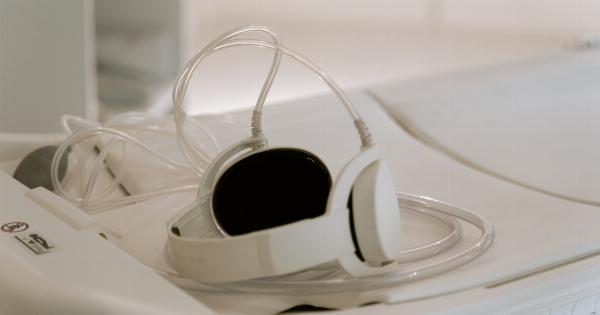Many pregnant women experience nausea and vomiting, commonly known as morning sickness, especially during the first trimester.
While it can be challenging to deal with these symptoms, there are several effective ways to ease nausea and make the experience more manageable. In this article, we will discuss ten of the best strategies to alleviate nausea during pregnancy.
1. Eat Small, Frequent Meals
Instead of having three large meals a day, try consuming small, frequent meals throughout the day. This helps to keep your stomach from being completely empty, which can trigger nausea.
Opt for light, easily digestible foods such as crackers, dry toast, and rice.
2. Stay Hydrated
Dehydration can worsen nausea. It is important to drink plenty of fluids, preferably water, to stay hydrated. Sip fluids slowly throughout the day, rather than gulping down large quantities all at once.
You may also try drinking ginger tea or taking small sips of cold, carbonated beverages to help alleviate nausea.
3. Avoid Trigger Foods
Identify and avoid foods that trigger your nausea. Common culprits include spicy, fatty, and fried foods, as well as strong odors and highly seasoned dishes.
Each woman may have different trigger foods, so it’s essential to pay attention to your body and avoid anything that exacerbates your symptoms.
4. Get Adequate Rest
Fatigue can worsen nausea during pregnancy. Ensure you get enough rest and sleep to help your body recover and reduce the intensity of nausea. Take short naps during the day and prioritize a good night’s sleep to help alleviate these symptoms.
5. Try Ginger
Ginger has been used for centuries to relieve nausea and vomiting. You can try ginger in various forms, such as ginger tea, ginger ale, ginger candies, or ginger capsules.
Speak with your healthcare provider about the appropriate dosage of ginger during pregnancy.
6. Use Acupressure
Applying pressure on certain points of your body, known as acupressure, may help alleviate nausea.
One of the most effective acupressure points for pregnancy-related nausea is located on the inner side of your wrist, about three finger-widths down from the base of your palm. You can use wristbands specially designed for this purpose or gently massage the area manually.
7. Fresh Air
Being in a stuffy or poorly ventilated room can trigger nausea. Open the windows or go outside to get some fresh air whenever possible. Breathing in fresh air, especially in the morning, can help reduce nausea and make you feel more comfortable.
8. Eat Foods High in Vitamin B6
Vitamin B6 is known to reduce nausea during pregnancy. Include foods rich in this vitamin, such as bananas, avocados, whole grains, nuts, and seeds, in your diet.
If necessary, consult your doctor about taking a vitamin B6 supplement to help alleviate your symptoms.
9. Practice Stress-Relief Techniques
Stress and anxiety can exacerbate nausea. Engage in activities that help you relax and reduce stress levels.
Some beneficial stress-relief techniques during pregnancy include prenatal yoga, deep breathing exercises, mindfulness meditation, and taking soothing baths.
10. Consult Your Healthcare Provider
If your nausea is severe and persists throughout the day, it is advisable to consult your healthcare provider. They can evaluate your condition and recommend safe and suitable anti-nausea medications if necessary.
Your healthcare provider can also rule out any underlying conditions that may be contributing to the severity of your symptoms.































